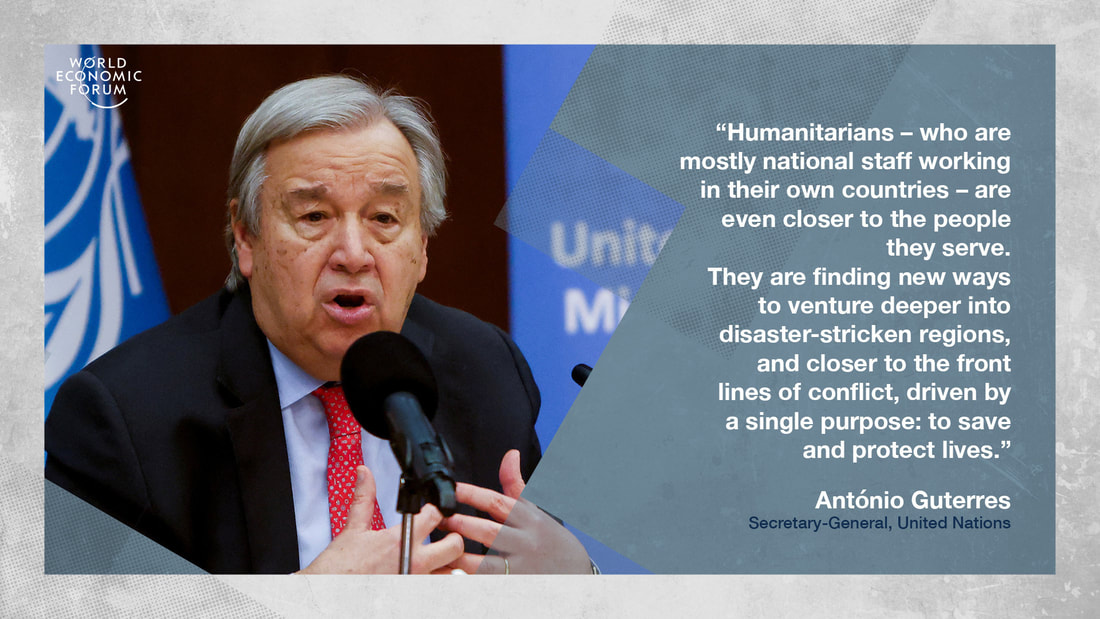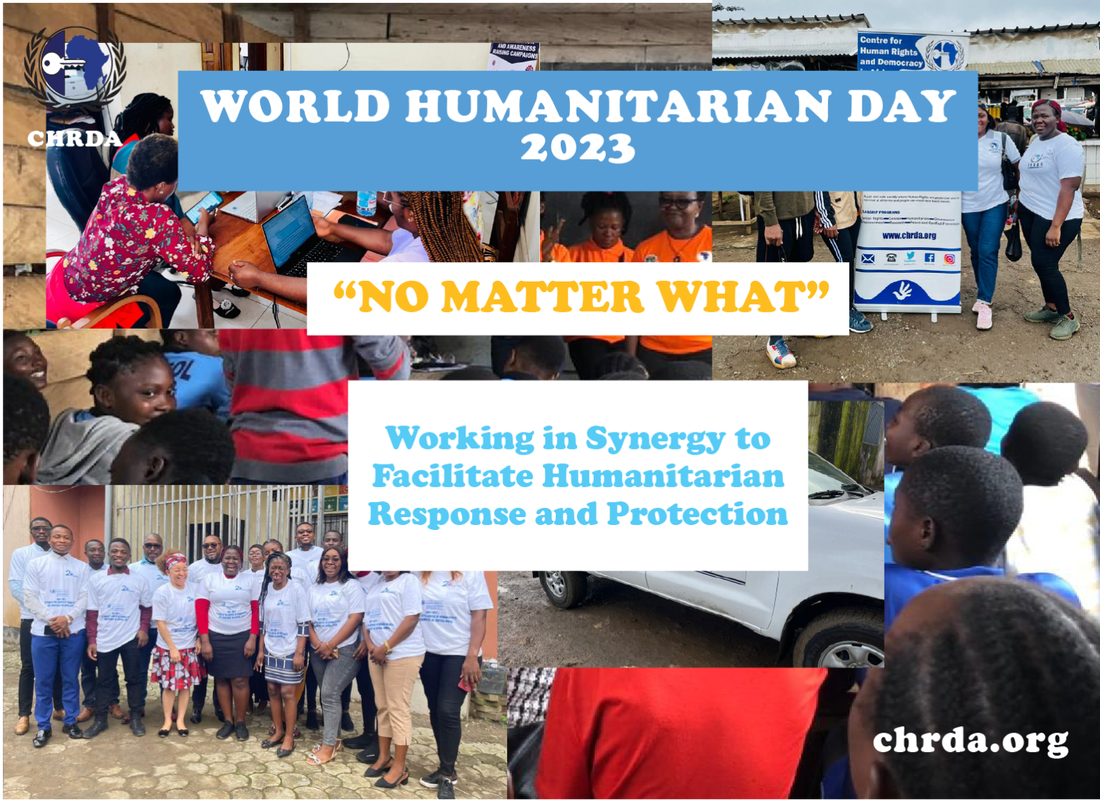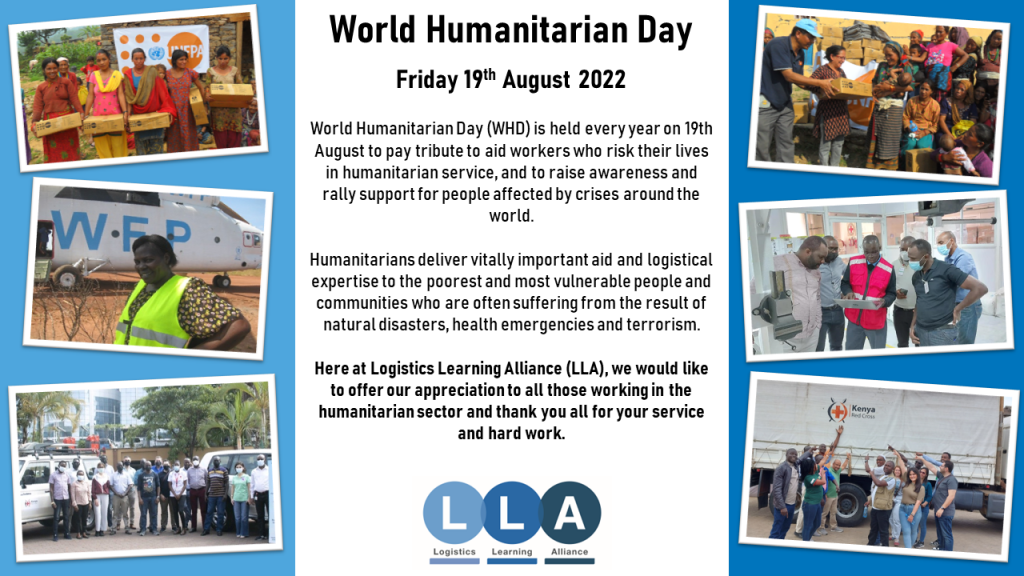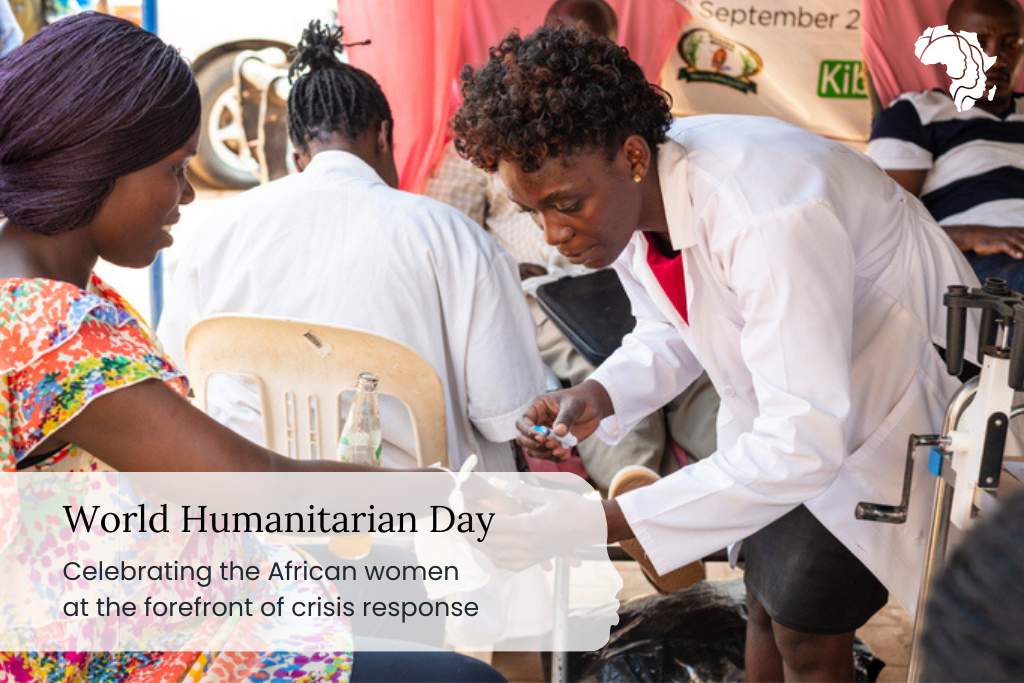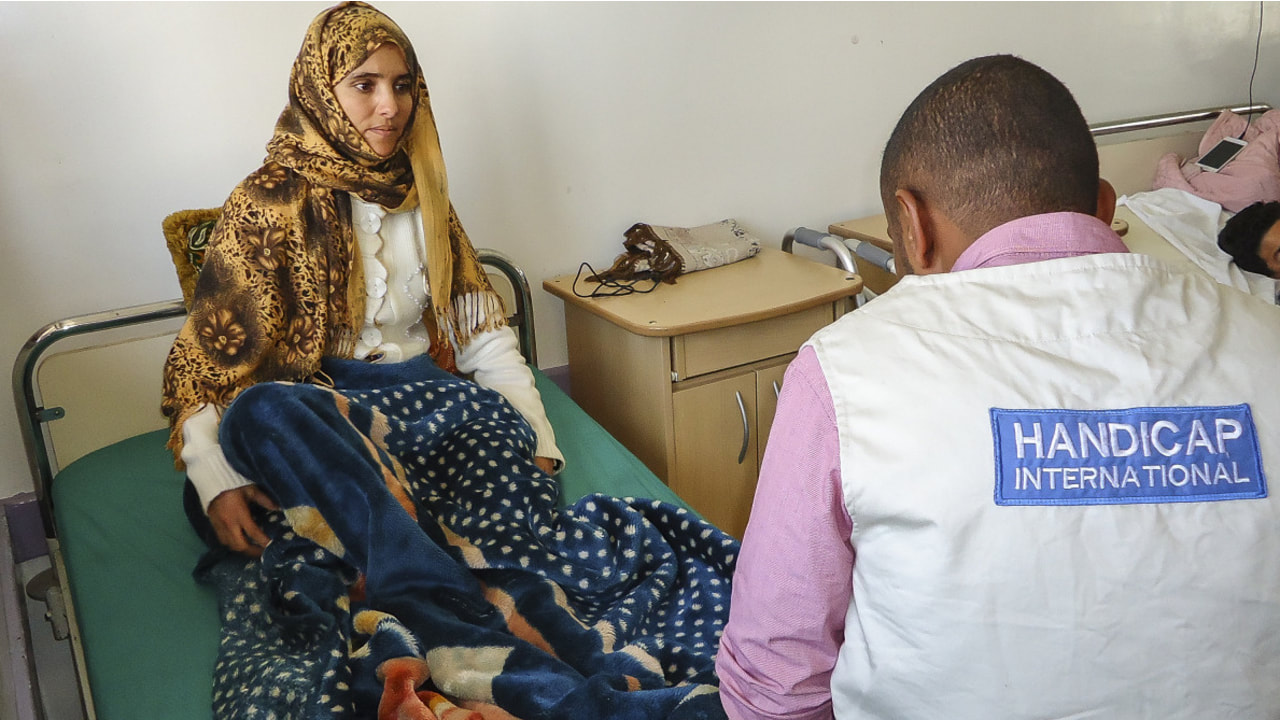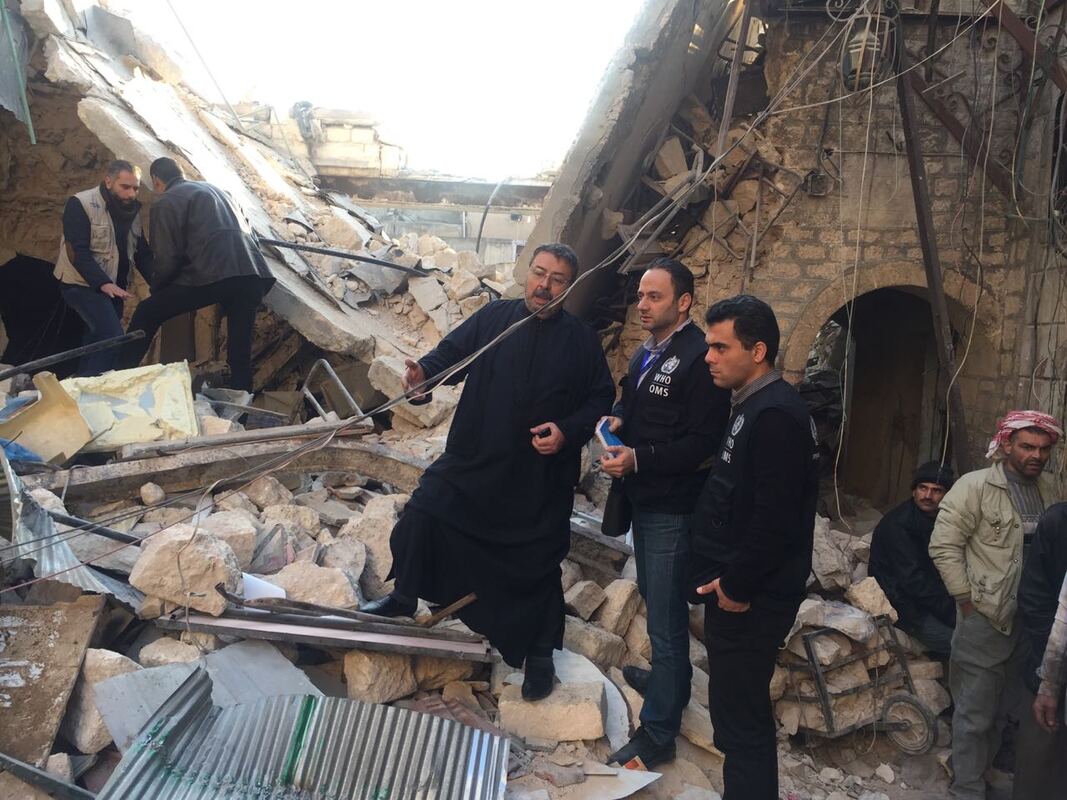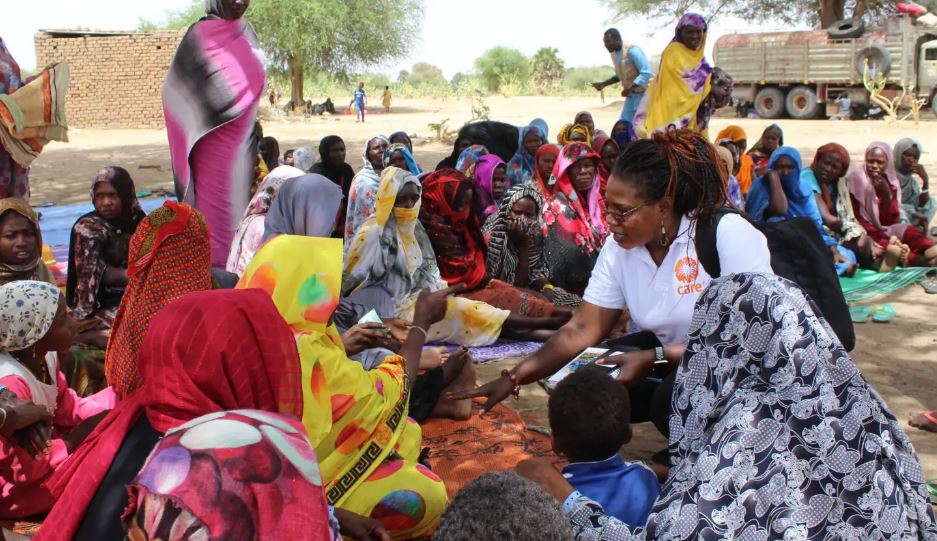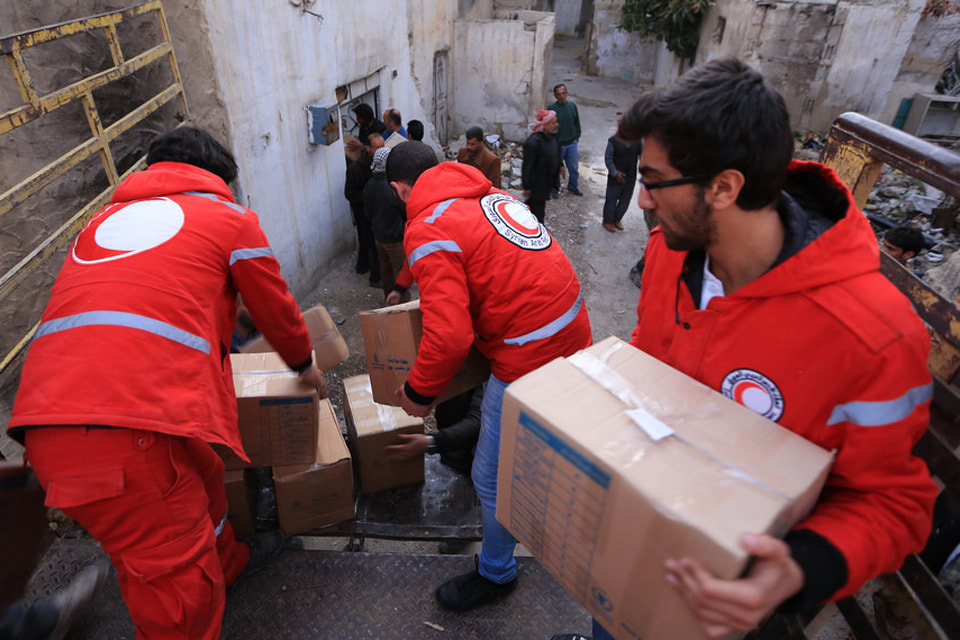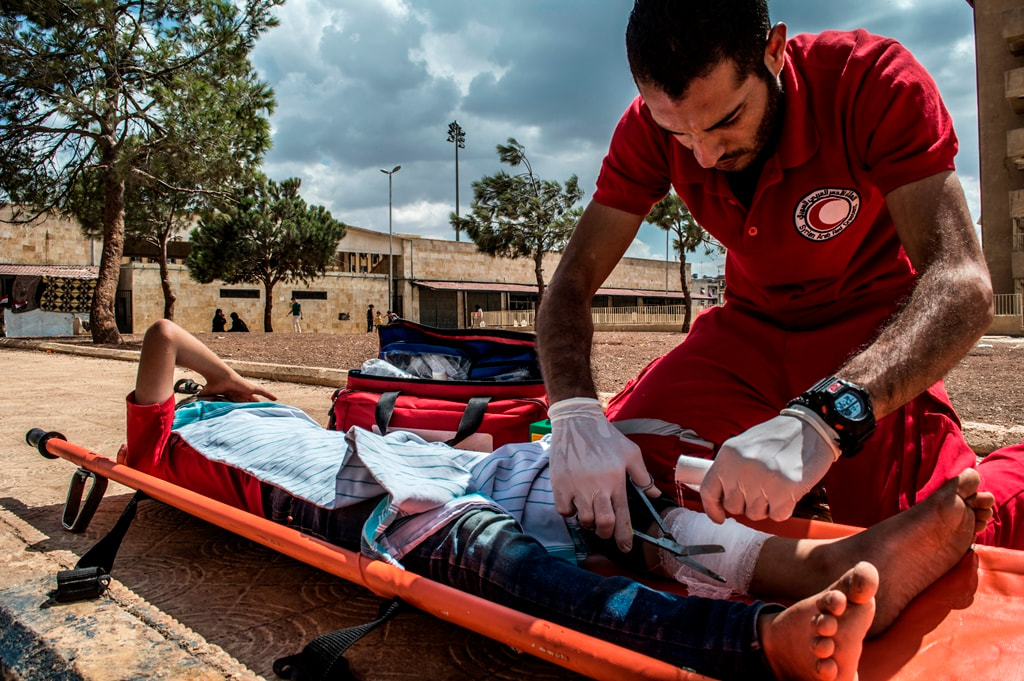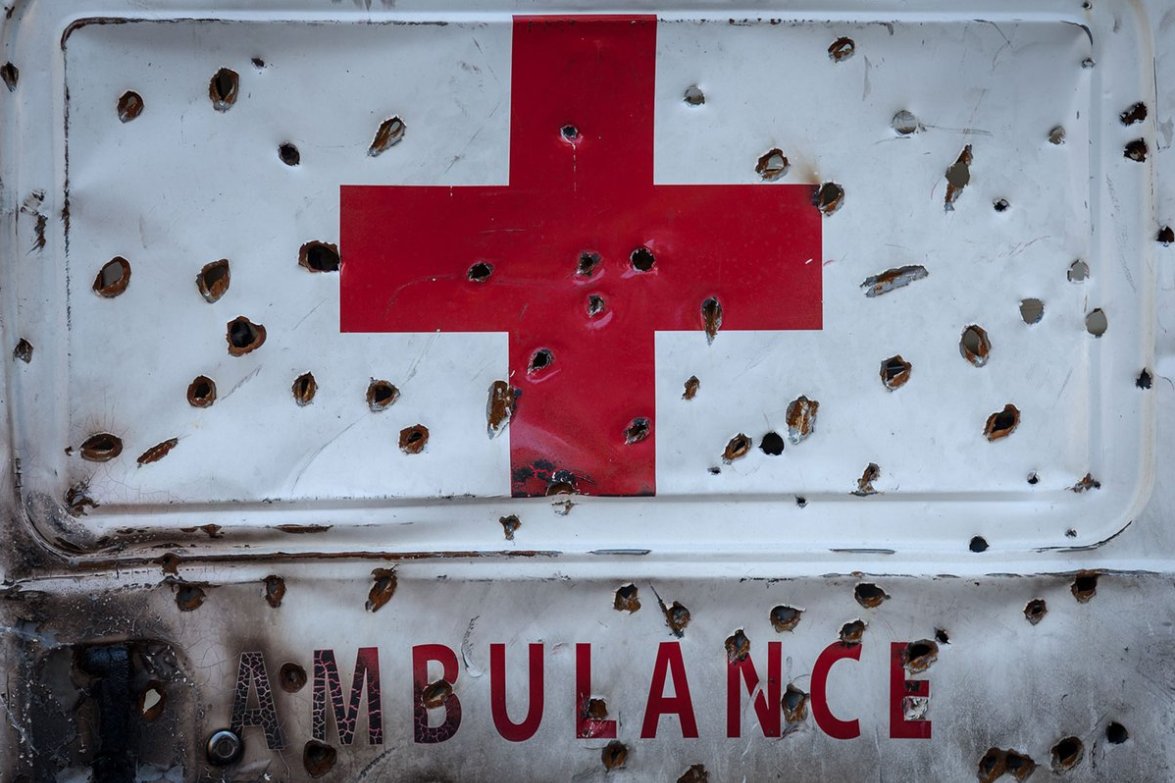22.12.2023
World Humanitarian Day 2023
On 19 August 2003, a bomb attack on the Canal Hotel in Baghdad, Iraq, killed 22 humanitarian aid workers, including the UN Special Representative of the Secretary-General for Iraq, Sergio Vieira de Mello. Five years later, the United Nations General Assembly adopted a resolution designating 19 August as World Humanitarian Day (WHD). Each year, WHD focuses on a theme, bringing together partners from across the humanitarian system to advocate for the survival, well-being and dignity of people affected by crises, and for the safety and security of aid workers. In 2022, 444 aid workers were attacked: 116 killed, 143 wounded and 185 kidnapped. Of the aid workers who died, 96% were national staff and 4% were international (expatriate) staff - more than half (47%) were staff of national NGOs. Data for 2023 in the Aid Worker Security Database shows that South Sudan has been the most dangerous place for aid workers for several consecutive years. Sudan is a close second (as of 17 August 2013). The 2023 Mid-Year Update of the Global Humanitarian Needs Overview estimated that 362 million people in the world need humanitarian assistance. Humanitarians, like aid workers, work in disaster and conflict zones to protect and save people in need, often by providing basic necessities like food. And funding is an issue. In June, António Guterres, UN Secretary-General, warned that half way through 2023 just 20% of funding needed by the Global Humanitarian Appeal had been received.
Credit: WORLD ECONOMIC FORUM
Credit: WORLD ECONOMIC FORUM
Poverty deprives people of adequate education, health care and of life's most basic necessities- safe living conditions (including clean air and clean drinking water) and an adequate food supply. The developed (industrialized) countries today account for roughly 20 percent of the world's population but control about 80 percent of the world's wealth.
Poverty and pollution seem to operate in a vicious cycle that, so far, has been hard to break. Even in the developed nations, the gap between the rich and the poor is evident in their respective social and environmental conditions.
Poverty and pollution seem to operate in a vicious cycle that, so far, has been hard to break. Even in the developed nations, the gap between the rich and the poor is evident in their respective social and environmental conditions.

